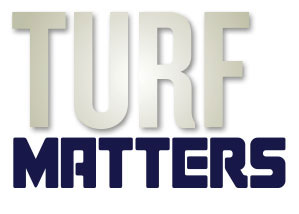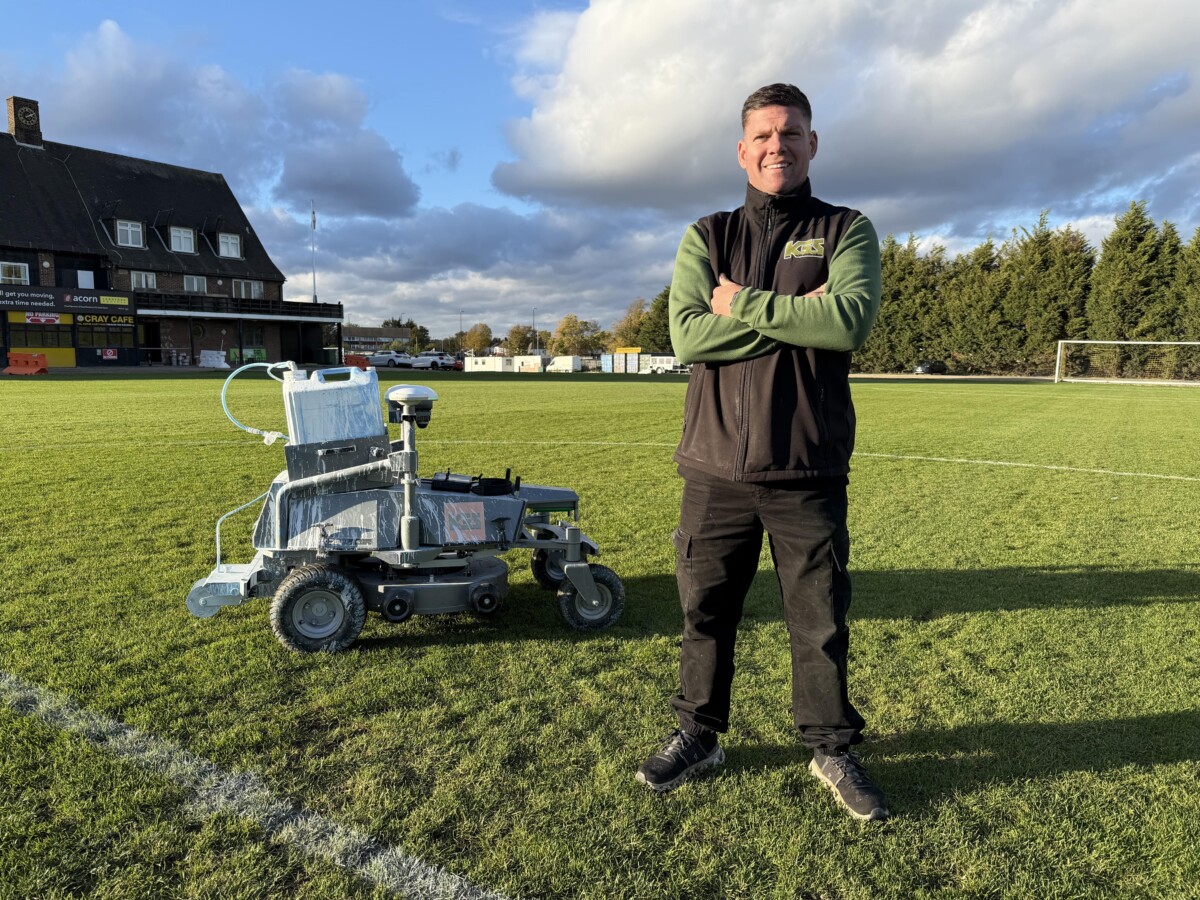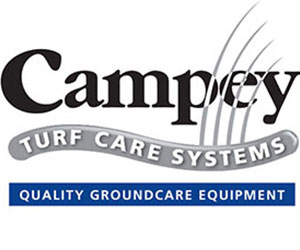Conserving water for the future of turf sports: It’s official – fresh water supplies are dwindling, demand for water is steadily rising, and regulations on how much and for what purpose water can be used are becoming increasingly tightened. Finding ways to use water more efficiently is no longer an environmental nice to have; it’s a fact of life for most turf facilities today and imperative for our industry’s future.
As a turf manager you’ll always need water – it’s a fundamental building block of turf – but there are a number of steps you can take to influence how much water you need.

Conserving water for the future of turf sports
One of the biggest potential impacts on your water consumption can be made by redirecting water that already exists.
Plant selection can also play an important role in how much water is needed to keep your property at its visual best. Choose turf varieties such as fine fescues that require less water than others such as perennial ryegrass.
Even with these changes, irrigation is still essential and ongoing maintenance of your irrigation system is an effective way to reduce the amount of water wasted. Moisture sensors, weather monitors and other high-tech tools are also available to help you use your water conservatively.
Even after irrigation, there is still one more hurdle to getting water to your turf as efficiently as possible: your soil. How well your soil performs can have a tremendous impact on how much water you use.
Soil:water repellency interferes with how even the most well-placed water moves, leaving some areas a little too dry while making some a little too wet. This is certainly not a new phenomenon, but research indicates that it is much more common than previously thought.
Water repellency is one of the most pervasive water use issues, and it is also one of the easiest and most cost-effective to fix. Soil surfactants lower the surface tension of water and restore the wettability of effected soils, allowing water to move into and through the profile more efficiently. This reduces the amount of water lost to run-off and preferential flow
“Revolution is one of the very few products that makes a dramatic difference and actually changes the way turf is managed. It affects everything including the turf, the distribution of water, fertilisers, and other materials” – Sam Rhodes, Woodhall Spa GC.
Most courses have best management practices in place for their properties, but not all commit them to paper in a formal document. There are a number of resources available that provide guidance and templates for creating one, but should you bother? Absolutely.
Water conservation is a realistic goal, with both environmental and financial upsides.
Like it or not, the call for sustainability – and the challenges that presents – are going to be big issues for a long time. Doing what you can at your course does more than just protect a diminishing global resource – it protects your course, your job, and the future of the sports turf industry.


























